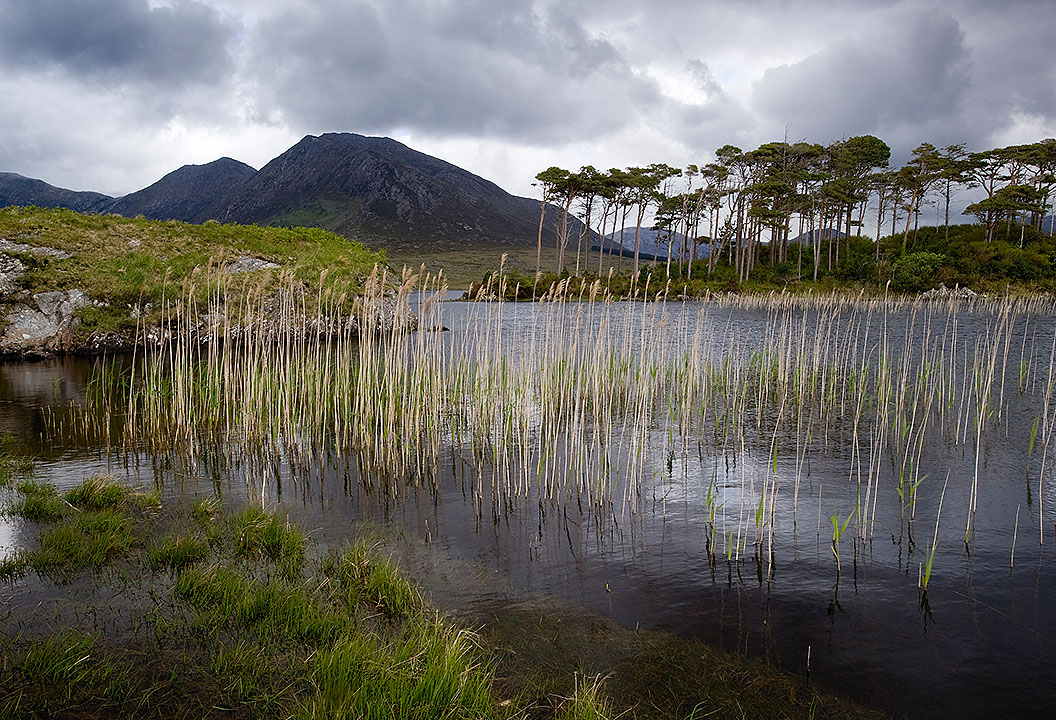I’m not a commercial tier, or an exhibition tier. But I’ve been behind the vise for 40 years and have some thoughts for folks just getting their feet wet at the game.

One Sand Eel Fly
Realize it is rarely a good idea to sit down at the vise to tie one lone fly. If you need a particular fly, face it, you likely could use a few of them in your box. Now you might say to me tying more than one takes time. Yup, but tying in bulk saves time in the long run, a monster amount of time. Moreover tying in bulk forces you to learn a pattern in depth. Your flies become more consistent. And what you learn helps you next time you tie that pattern. And last but not least, tying in bulk means your fly boxes are full and better prepared for a day on the water.

Tying a Dozen Black Sand Eel Flies
The first step is to collect the specific materials required to tie the pattern. Then lay out the materials in the order you going to use them. Hook and thread first and so on down to head cement. Next prepare the materials. Count out the number of hooks you’ll need. Make a pile. Need hackles of a certain size? Pull them out and make another pile. Need floss or chenille? Cut pieces to length and make a pile. Get the idea? You’re preparing a production line.

Tying in Stages
Okay, put a hook in the vise. But, do not complete one fly at a time. Make the fly in stages. As you see with these sand eel flies, I did a couple of quick steps and then moved on until I had a dozen ready for completion. Then I came back and finished each fly. (You can see the completed fly in the photo at the top of the post.) ( More on how to tie this pattern.) Tying in stages is a great time saver and improves the quality of your work. Trust me. Hope all this helps you. If want to get serious about production tying, pick up A.K. Best’s Production Fly Tying. His last name says it all.


























